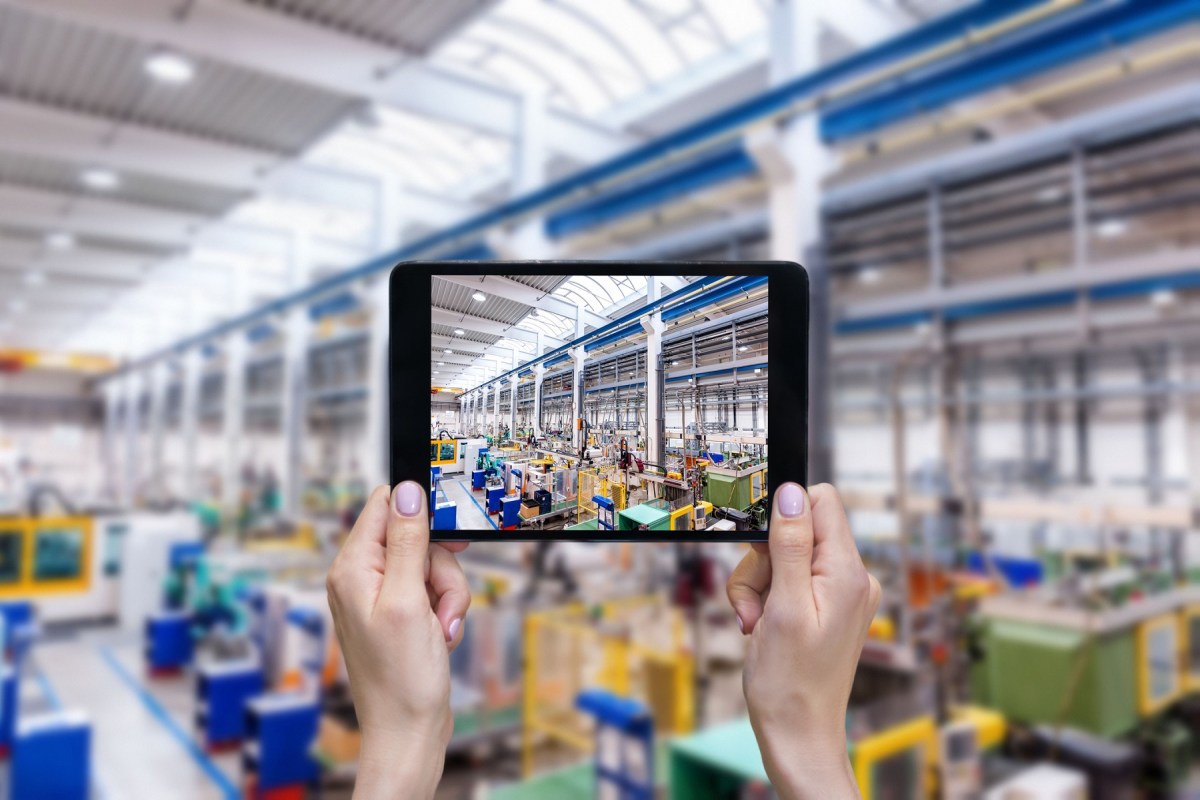There finally appears to be light on the horizon as Australia continues to grapple with the COVID-19 pandemic. On January 12, 2021, the Pfizer-BioNTech COVID-19 vaccine received approval from the Therapeutic Goods Administration (TGA), with the first 80,000 doses now underway and four million doses expected to be administered by early April. On that trajectory, the retail sector has a path to recovery.
In fact, local retailers have already started rebounding – reflected by a 13% sales increase over the final two months of 2020 after lockdowns were lifted across Victoria and Melbourne. With widespread vaccination, the economy trending upward, and consumer confidence improving, 2021 presents a window of opportunity for local retailers to build pathways for long-term success.
Digital shifts
A vital aspect of the recovery is making smart technological investments that benefit critical needs. Above all, integrating these three distinct forms of advanced technology will be essential to navigating the industry’s evolving landscape:
- Prescriptive analytics, task management and workforce management software solutions are set to work hand-in-hand to improve the execution of both in-store and e-commerce operations. They can help retailers optimise store inventory accuracy and layouts, improve the timeliness and accuracy of task completion, and ensure safety protocol compliance. They can also be used to align staff training/scheduling with swings in demand.
- End-to-end supply chain digitalisation via mobile computers, barcode scanners, wearables, radio frequency identification (RFID) and more will empower retailers – along with their suppliers, warehousing and distribution partners – to gain better visibility into their collective operations. This, in turn, can help facilitate the type of collaboration needed to create a more consistent, resilient, and secure supply chain capable of weathering demand volatility.
- Automation can be leveraged in several ways to help support in-store employees and improve operational efficiency. For example, intelligent automation can be deployed to monitor shelf inventory levels and pricing accuracy so that human workers can stay focused on value-add tasks such as replenishment, pricing updates and customer service.
Additionally, retailers must invest in contactless in-store shopping experiences to help facilitate greater social distancing and ensure both associates and customers feel comfortable.
Approximately 90% of retail decision makers think shoppers and associates trust them to make health and safety a priority, yet only 65% of shoppers and 77% of associates agree, according to feedback received through Zebra’s 2021 Global Shopper Study. Additional survey data shows that nearly 50% of Australians use contactless payment options today.
E-Commerce efficiency
E-commerce has been a fundamental component in the Australian retail industry’s survival over the past year. The pandemic introduced a large number of consumers to the convenience factor, which caused Australia’s previous five-year forecasts of expected e-commerce growth to take shape in the span of six months.
More than one million new Australians shopped online in 2020, and nearly a third of the country’s population plans to increase their online shopping frequency in 2021. So, while last year revealed the need to offer e-commerce, 2021 will magnify the importance of streamlining it. A streamlined e-commerce operation requires:
- A robust online platform with omnichannel functionality.
- Localised fulfilment centres and third-party logistics (3PL) providers for flexible delivery and reverse logistics.
- Demand sensing to identify consumer behaviour changes that lead to supply chain resiliency for handling peak demand and short turnarounds.
To align with the growing “bring-it-to-me” economy, more retailers should consider pivoting to e-commerce. Super Retail Group (SRG) didn’t have a significant online presence before the pandemic, but it saw total sales grow by 1.9% because of e-commerce. One month into lockdown, the company had already increased online sales by 145%.
Prioritised sustainability
Retail’s road to recovery should be viewed through green-coloured glasses. The pandemic, coupled with the Australia bushfire crisis in January 2020, heightened the region’s awareness of sustainable retail. As consumer behaviour continues to gravitate toward sustainability, companies should prioritise environmentally conscious business practices such as those employed by Coles Australia. The food retailer replaced its paper product catalogues with a digital catalogue to become Australia’s most sustainable supermarket. The initiative is estimated to save 10,000 tonnes of paper each year.
Now more than ever, Australian retailers need to adopt proactive approaches to recovery that are centered on a growing culture of innovation. With the right advanced technologies in place, small steps in 2021 will become giant leaps in the years to come.
Guy Yehiav is general manager of Zebra Analytics

